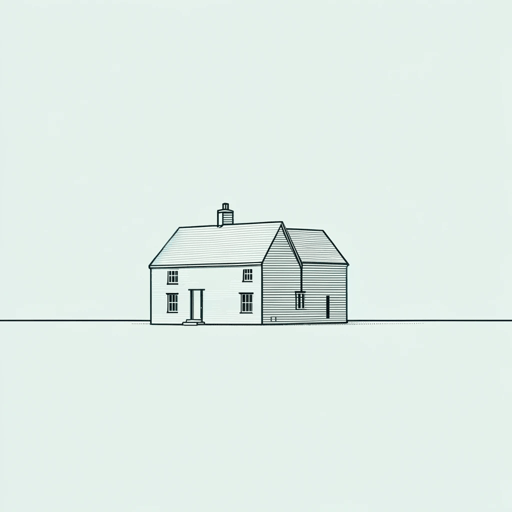28 pages • 56 minutes read
Neil GaimanOctober in the Chair
Fiction | Short Story | Adult | Published in 2002A modern alternative to SparkNotes and CliffsNotes, SuperSummary offers high-quality Study Guides with detailed chapter summaries and analysis of major themes, characters, and more.
Symbols & Motifs
The Farmhouse
While it is never explicitly said by the author, the house and its mysterious darkness symbolize death, as Dearly says that whatever is in the house can help make the Runt a ghost. The house’s association with death is strengthened by imagery; it is “darker than anything” and smells rotten. The house also alludes to classic ghost story haunted houses and instills unease and fear in the Runt. Since the story reveals that the Runt’s family is more threatening than ghosts, the house also represents the fear and anguish the Runt feels in his broken home.
When the Runt first arrived in town, he “walked around it, becoming increasingly certain as he walked that nothing could make him go inside” (36). This shows how at the start of the story, the Runt still dreams of a better life, meaning he would not think of entering a house that would make him a ghostly companion to Dearly. As the story continues, he becomes increasingly disheartened by the thought of returning to his family, and he views the house as an escape, finally entering it in hopes of having many more perfect days with his new friend.
Related Titles
By Neil Gaiman

American Gods
Neil Gaiman
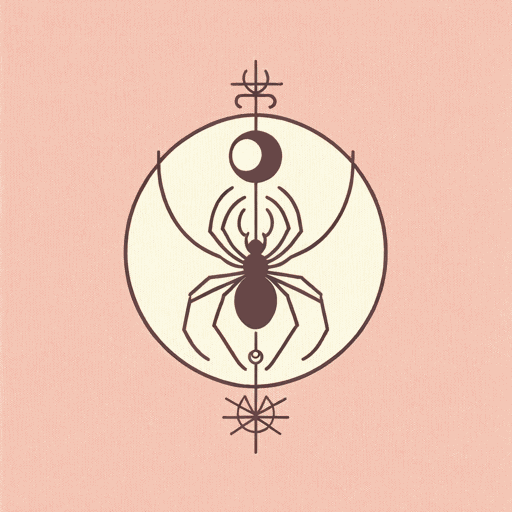
Anansi Boys
Neil Gaiman

Coraline
Neil Gaiman

Fortunately, the Milk
Neil Gaiman
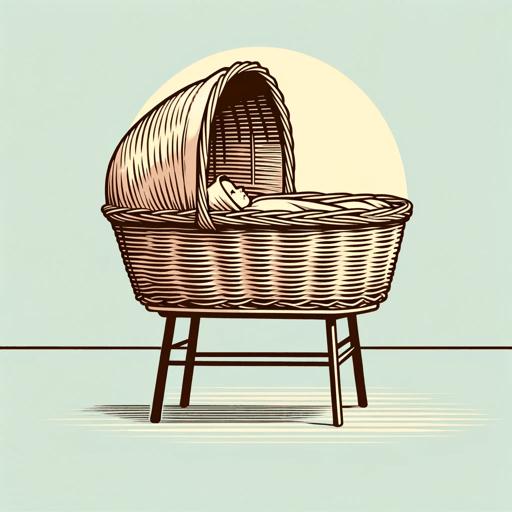
Good Omens: The Nice and Accurate Prophecies of Agnes Nutter, Witch
Neil Gaiman, Terry Pratchett
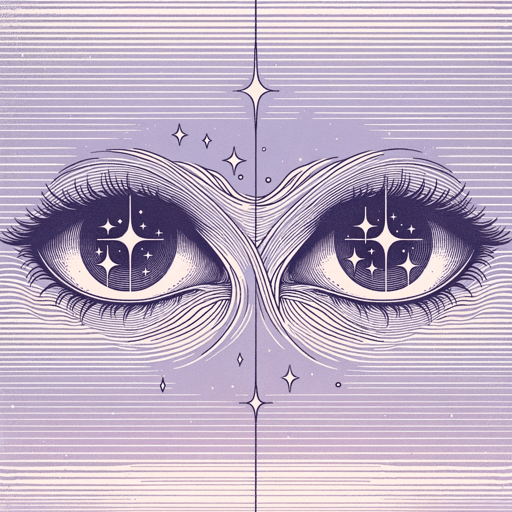
How to Talk to Girls at Parties
Neil Gaiman
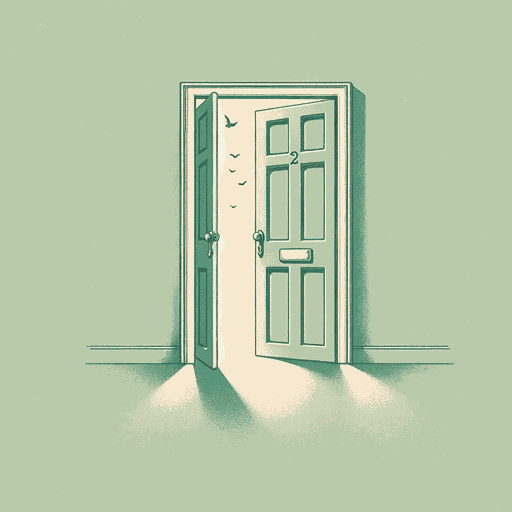
Neverwhere
Neil Gaiman

Norse Mythology
Neil Gaiman

Stardust
Neil Gaiman

The Graveyard Book
Neil Gaiman
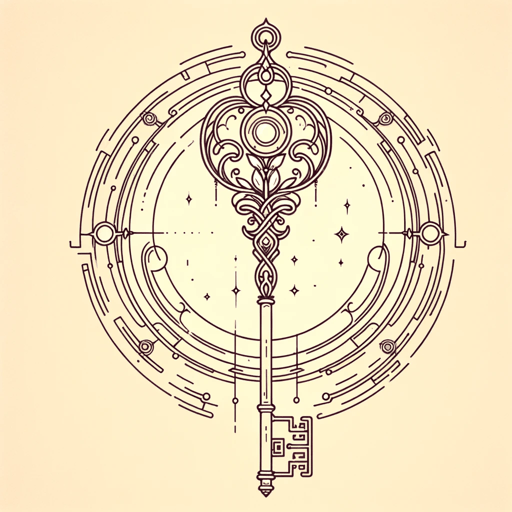
The Ocean at the End of the Lane
Neil Gaiman
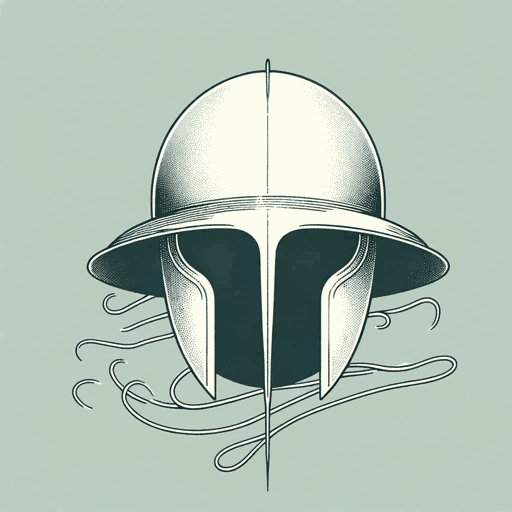
The Sandman Omnibus Vol. 1
Neil Gaiman

The Sleeper and the Spindle
Neil Gaiman
